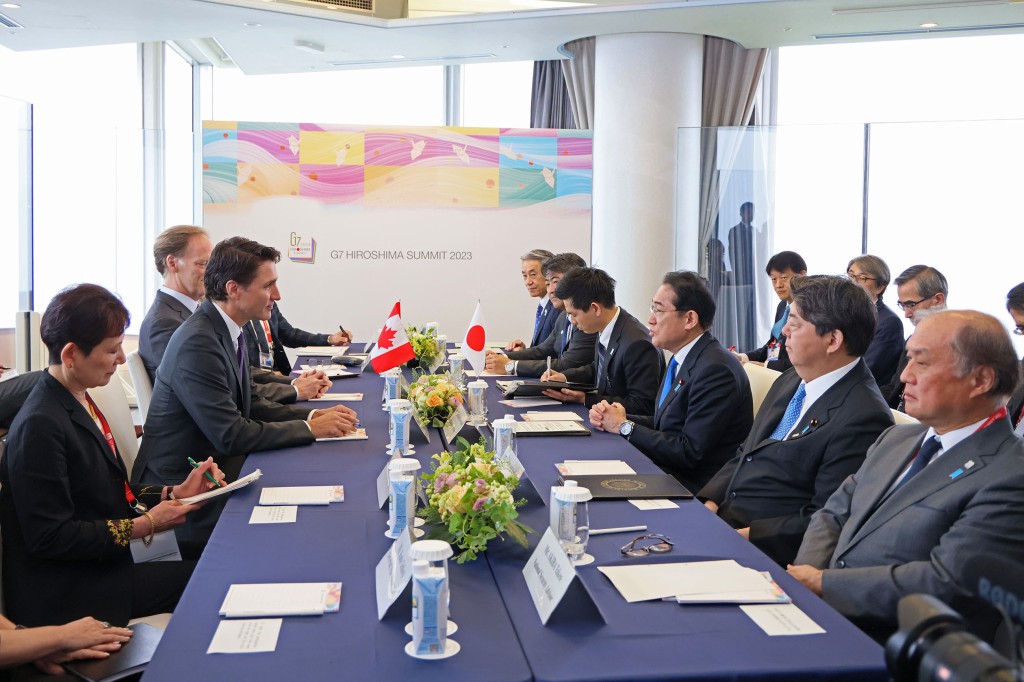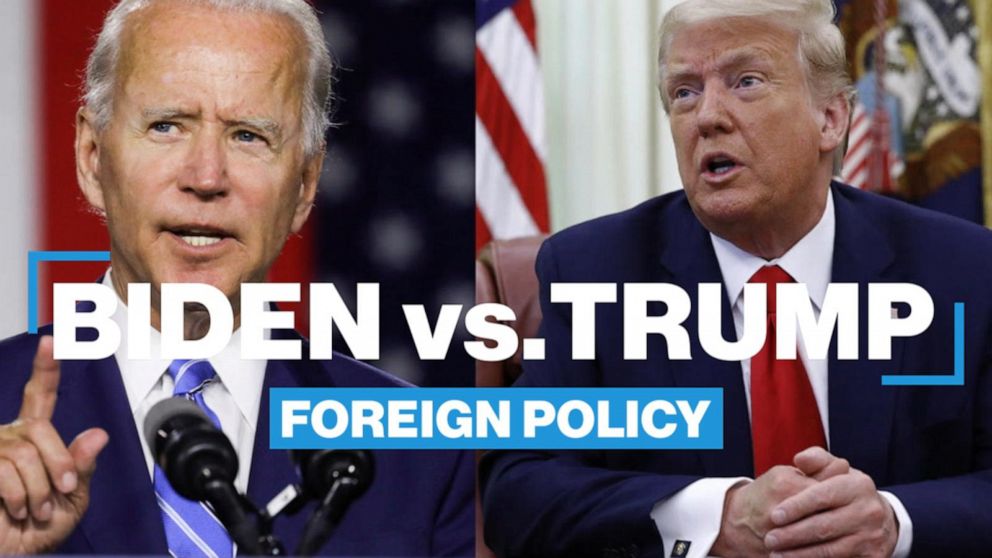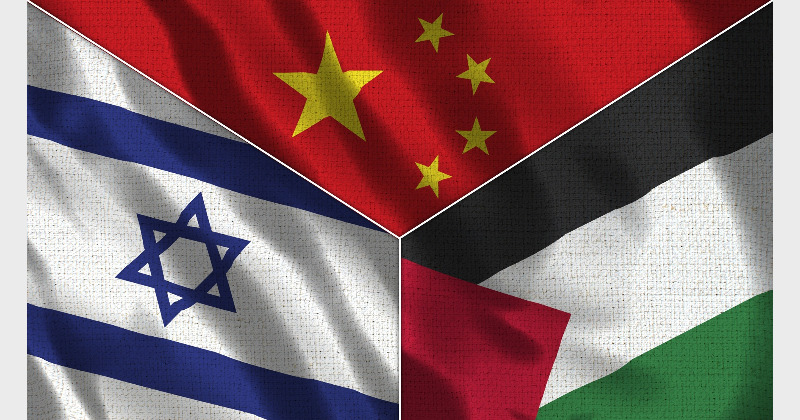Japan Times (November 28, 2023)
Listen to the article
The end of this month marks the first anniversary of the release of the Canadian Indo-Pacific Strategy (CIPS). It represents a once-in-a-generation strategic shift in Canada’s foreign policy to preserve a rules-based order with like-minded countries like Japan, the U.S., South Korea and political entities such as Taiwan.
Japan and Canada’s other friends have a deep interest in CIPS being successfully implemented to contribute to peace and stability in the Indo-Pacific region. They see Canada as a supplier of energy and critical minerals, a diplomatic convener, a country committed to the rule-of-law globally and one that eschews the Machiavellian, might-is-right approach to international affairs.
This is more important today than, arguably, it has been in the last hundred years with authoritarian states such as China and Russia, and even nonstate actors such as Hamas, doing everything in their power to erode the rules-based-order.
As part of Canada’s Indo-Pacific pivot, we have already seen its relations and cooperation with Japan deepen. For example, the Canada-Japan Action Plan for contributing to a free and open Indo-Pacific region announced in late 2022 outlines six areas where Ottawa and Tokyo agree to bolster cooperation.
They are as follows:
1. Promoting the rule-of-law
2. Peacekeeping operations, peacebuilding, humanitarian assistance and disaster relief
3. Health security and responding to COVID-19
4. Free trade promotion and trade agreement implementation
5. Energy security
6. Environment and climate change
A concrete manifestation of this plan included the release of a memorandum of understanding in September that covers battery supply chains. The two countries have agreed to begin cooperation in the extraction of nickel and lithium in Canada by the state-owned Japan Organization for Metals and Energy Security.
This will serve the peoples of both nations well. For Canadians, they can leverage their natural resources to enhance their competitiveness. For the tech-savvy Japanese, they can secure needed minerals for batteries and other technologies in an environmentally friendly way. Working with Canada also helps lower the risks that come with Japan having to rely on China for critical rare earth minerals and the associated China-dependent supply chains.
CIPS focus on enhancing trade with Japan and more broadly in the Indo-Pacific has resulted in the Asian economic giant becoming a greater target for Canadian import and export engagement.
To illustrate this, in late October, Canadian Minister of Export Promotion, International Trade and Economic Development Mary Ng participated in the Group of Seven trade ministers’ meeting in Osaka, where she also led a trade mission to Japan to promote economic ties. This included discussions on ways to strengthen global supply chains and build a green and sustainable future.
On security, CIPS continues to deliver initiatives that contribute to Japan and the region’s peace and stability. Routine Taiwan Strait transits alongside U.S. naval ships; talks with Japan on an intelligence sharing agreement; sanctions evasion missions in the Sea of Japan; strong statements about peace and stability across the strait between Taiwan and China; and outside multilateral blocs such as the G7 are important examples of Canada’s security engagement in the region.
Canada’s proposal to create a quadruple cooperation framework with Japan, South Korea and the United States as part of efforts to counter China and Russia warrants consideration but may not be viable due to limited resources. And while CIPS is welcomed by Japan and other friends of Canada, there are questions about credibility, continuity, human capital and leadership.
Tokyo and other members of the Comprehensive and Progressive Agreement for Trans-Pacific Partnership (CPTPP) still mention Prime Minister Justin Trudeau’s “Danang disappearance” in which he failed to show up for the signing of the original agreement.
They also raise questions about foreign policy management, bringing up the diplomatic incident involving Meng Wangzhou, the chief financial officer of Huawei Technologies, and the recent downward spiral in Canada-India relations following accusations that the Indian government may have been involved in the murder of a Canadian Sikh national on Canadian soil.
These conversations speak to Canada’s credibility in the region and whether the CIPS will be implemented based on national interests or a reflection of Canadian domestic politics. For Tokyo and other friends of Canada, they find it hard to understand why CIPS links domestic concerns such as progressive cultural issues, indigenous reconciliation and environmentalism to their foreign policy engagement in the Indo-Pacific.
Countries in the region are focused on the bad behaviors of North Korea and China, as well as the potential for a conflict across the Taiwan Strait. They are also focused on trade, development, resilience and infrastructure and connectivity, not the “woke” pronoun battle that is so prevalent in the West right now.
The sustainability of the initiative is also in question. Japan is looking at the $1.7 billion in regional spending over five years as a drop in the bucket and a budget that is likely spread far too thin. Seen alongside the $730 million in defense cuts by Ottawa, partners such as Tokyo are wondering if Canada is really committed to the region.
For Tokyo and other capitals throughout the Indo-Pacific, a more focused approach to the region that will lay the foundation for broader regional engagement might be an approach to foster stability into CIPS.
For example, Taiwan, Japan and South Korea are on the front-line of disinformation and cyberattacks emanating from China and North Korea. Working with Taipei, Seoul, Tokyo and Washington, Ottawa should seek to craft a disinformation and cybersecurity nexus in which stakeholders share best practices and research to combat these forms of hybrid warfare.
Another area of coordination should be trade. Canada should work with Japan to enlarge the CPTPP, with South Korea, Thailand, Taiwan and the Philippines as potential candidates.
The objective should be to expand the trading bloc so that its combined economies reach a critical mass and surpass that of China. This would serve not only to provide the gravity needed to shape the region’s economic development, but it would also enhance the strategic autonomy of all current and future CPTPP members by reducing their vulnerability to economic coercion.
Human capacity building is another area of concern. CIPS needs to address the shortage of Canadians with regional experience there and an understanding of the cultures and languages. Investing in the establishment of Indo-Pacific chair professors at universities throughout Canada could contribute to building a cadre of Canadians that have the skills, knowledge and networks to successfully negotiate in the region.
Japan has many universities that serve that purpose. Waseda’s Graduate School of Asia-Pacific Studies and Ritsumeikan’s Asia Pacific University are just two examples. With dedicated multiyear funding for Canadian Indo-Pacific chair professors, in five years Canada could have hundreds of young Indo-Pacific professionals that could contribute to the foreign service, defense, business, academia and nongovernmental organizations focused on the region.
As Canada seeks to play a larger role in the Indo-Pacific, listening to the constructive criticism of friends such as Japan should be part of its thinking. By doing so it can transform an aspirational strategy into a pragmatic and realistic one based on national interests that would accrue benefits for Canadians and meaningfully contribute to the interests of like-minded countries in the Indo-Pacific such as Japan.
Read more: Canada: Relevance or Idealism? Foreign Policy at Critical Juncture





Leave a comment